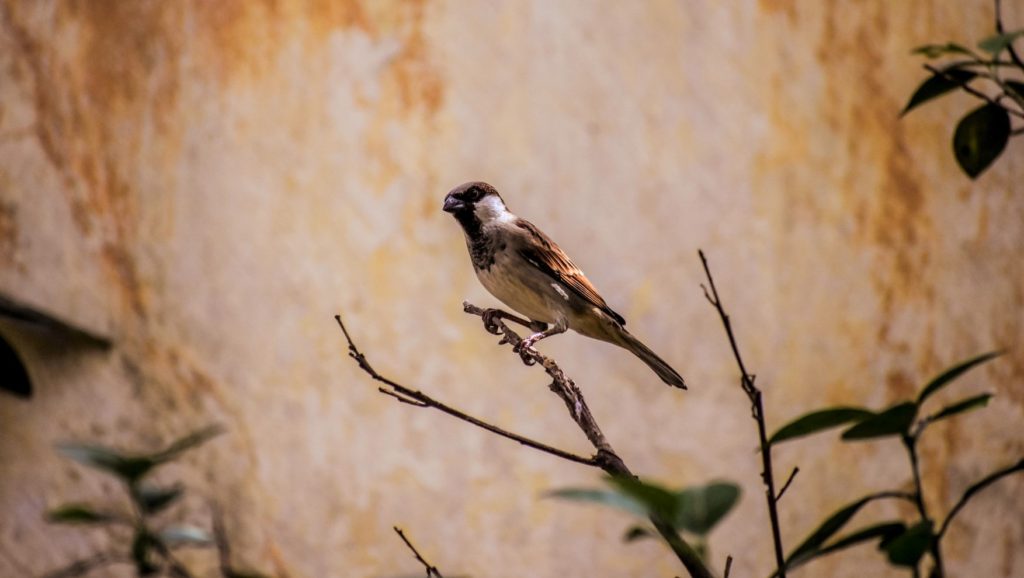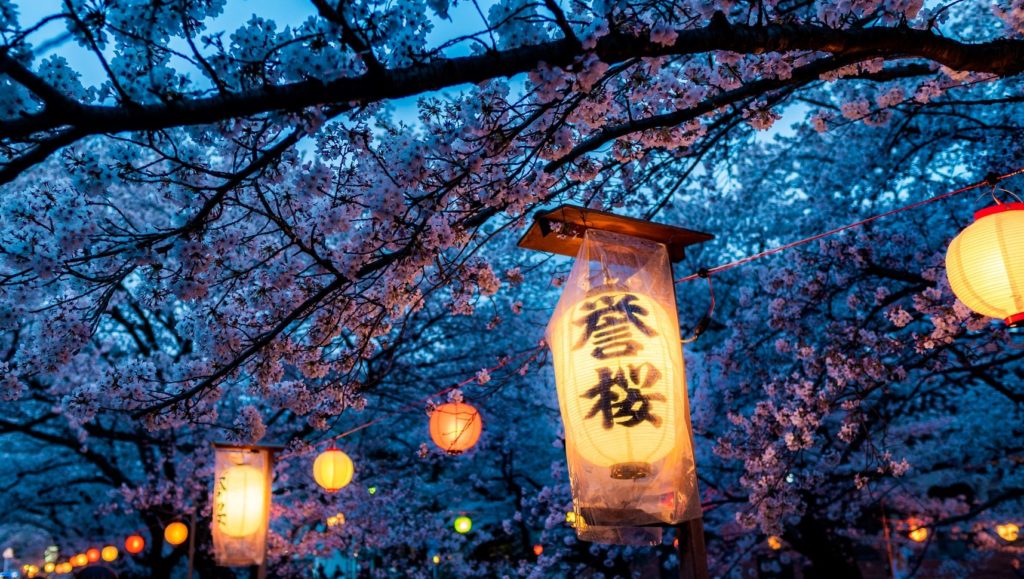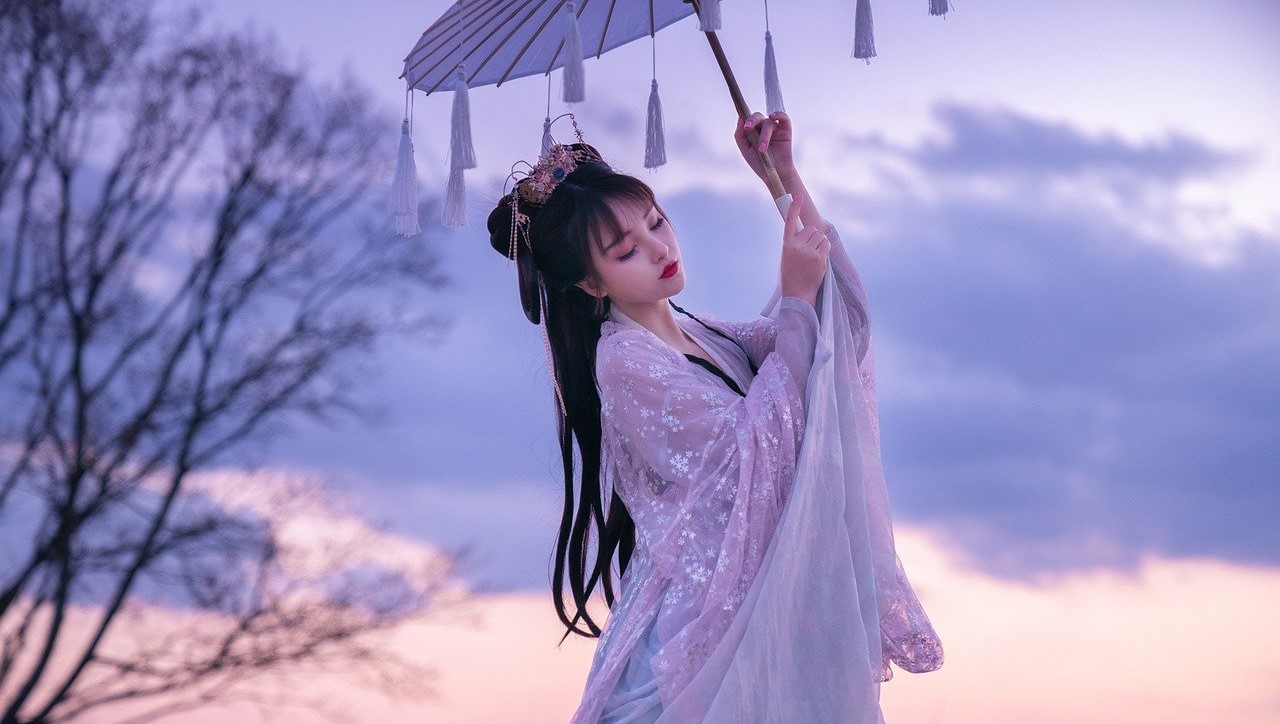I’m gathering tales from around the world. If you’re interested in reading lore from a particular country, let me know at snowwhitewritesfairytales@gmail.com.
If you want to learn about a culture, reading their fairy tales is a great place to start. This year I’m gathering stories from countries around the world, providing just a little sampler of tales I like, what they’re about, and where to find them. First up are Japanese fairy tales.
The Mystique and Monsters of Japanese Fairy Tales
Ancient and modern Japan has always been a hotbed for magical tales and creativity. From Kabuki and puppet theater to Japanese animation, this part of the world has a rich storytelling tradition.
What kinds of themes do we see in Japanese fairy tales? Well there’s definitely a pattern of mysticism often inspired by Shinto and Buddhist religious beliefs. Japan shares many story elements with other Asian countries, especially India and China. The rigid social standards of their society show up in Japanese fairy tales too, where obedience, childrearing, honoring one’s parents, and serving the Empire are considered the highest forms of heroism.
On the flipside, greed, cruelty, and deceit are met with swift retribution and grisly punishments. Japanese fairy tales are known for their magical monsters, demons, and supernatural elements. In fact, many Hollywood horror movies draw elements from Japanese ghost stories because they’re just that creepy.
There are way too many great Japanese fairy tales to name all of them. But here are nine stories I’ve stumbled across and enjoyed:

1. Urashima
This is the first Japanese fairy tale I ever heard. In it, the young fisherman Urashima Taro rescues a talking turtle. The grateful creature thanks Urashima by taking him to the Dragon King’s magical palace under the sea. Urashima is showered with gifts and marries the Dragon Princess. But despite this lavish new life, he misses his parents terribly. Urashima begs his Dragon Princess to let him return home, and she sadly grants his request. But before he leaves, she gives Urashima a beautiful jeweled box to take with him but never open . . . (Read it here)
2. Okiku
This tale is one of the Nihon san dai kaidan—Japan’s Three Great Ghost Stories. A beautiful servant named Okiku (Chrysanthemum) washes dishes at Himeji Castle. Aoyama is a samurai who works for the same master and has tried many times to seduce Okiku, who always rejects him. Tired of being spurned, Aoyama steals a plate from the master’s precious set of 10 dishes and threatens to blame Okiku unless she becomes his mistress. When Okiku still refuses him, Aoyama tortures and kills her by dropping her down a well. After her death, Okiku’s ghost returns to torment Aoyama until a priest comes to exorcise her spirit. (Read it here)
3. The Moon Maiden—The Tale of the Bamboo Cutter
A poor bamboo cutter and his wife badly want a child. One day he cuts open a shining bamboo stalk to find a beautiful fairy girl who tells him she will be his daughter. Her name is Kaguya-Hime, and she lives in happiness with her foster parents for three years, growing in beauty every day. She blesses the bamboo cutter with great wealth and gains the favor of the emperor himself. Many suitors wish to marry her, but Kaguya-Hime turns down all offers of marriage, knowing she must return to her real father, the King of the Moon. (Read it here)

4. Yuki-Onna—Snow Woman
When two woodcutters spend a snowy night stranded in a hut, they have a close encounter with a Yuki-Onna, a beautiful specter who freezes her victims with icy breath. The pale demoness kills the older woodcutter, but she spares the younger man because she finds him so handsome. She warns him to never speak of her to anyone and vanishes into the cold night. A year later, the young man marries a beautiful girl named Yuki. But after years of happy marriage and having many children together, he gets a chilling feeling that sweet Yuki looks very much like the pale specter from the hut . . . (Read it here)
5. The Ogre of Rashomon
This tale is about a fierce ogre who guards the Gate of Rashomon outside Kyoto. Whenever anyone rides by, he snatches them and kills them, eating their flesh and drinking their blood like wine. The townsfolk are so terrified of the ogre that a brave knight, Watanabe, goes on a quest to end the creature’s reign of terror. In the scuffle, Watanabe tears off the ogre’s arm, who runs off screeching. All of Kyoto rejoices when they see the arm Watanabe brings back from his quest, but the knight is leery that the monster escaped alive and will probably return for his arm . . . (Read it here)
6. Issun-Boshi the One-Inch Samurai
This Japanese fairy tale is also called “Little One-Inch” or “One-Inch Boy,” Japan’s version of Tom Thumb or Thumbelina. In it a childless couple longs for a son and eventually gives birth to a little boy. A little boy who’s an issun tall (a Japanese measurement of three centimeters). But the parents love their tiny boy, and he eventually sets out to become a samurai. He goes on his adventures armed with a needle for a sword, a soup bowl for a boat, and chopsticks for oars. (Read it here)

7. The Tongue-Cut Sparrow
This very popular Japanese fairy tale features a man, his wife, and a talking pet sparrow. The kind man takes great care of his beloved sparrow, but his wife? She’s a woman with a bad temper who never bore a son (basically the cardinal sin). One day in a fit of rage, she cuts out the sparrow’s tongue, and the bird flies away in a panic. Her husband misses his sparrow terribly, but he eventually meets the sparrow again, who offers his old master a choice between two baskets as a gift. The man graciously takes the smaller one, which turns out to be full of treasure when he returns home. His greedy wife races off to ask the sparrow for a gift too, which we know cannot possibly end well . . . (Read it here)
8. Oiwa
Oiwa (meaning rock) is the most famous ghost of Japan and another of the Nihon san dai kaidan. The tale follows Oiwa’s dreadful marriage to a samurai named Iemon. This guy kills Oiwa’s father, lies to her about it, cheats on her, gives her a poison that horribly disfigures her face, and even hires a friend to rape her so Iemon can accuse her of infidelity. When Oiwa finally sees her own disfigured face in a mirror, she kills herself, cursing Iemon with her dying breath. In true Japanese karmic revenge, Oiwa’s ghost with her horrifying face haunts Iemon at every turn, causing him to kill multiple people and descend into madness. Pretty intense stuff. (Read it here)

9. The Fire-fly’s Lovers
This Japanese fairy tale reads like an Aesop fable, talking animals and all. In it a vain firefly princess is courted by so many insect suitors that she decides to give them an impossible task: she will marry whichever of them brings her fire. As predicted, legions of her beaus swarm to open flames and lanterns, burning themselves to death in a montage of fiery carnage. This is mostly an explanatory tale of why insects are attracted to light, but there’s also one brave suitor who captures the princess’s heart. (Read it here) ❧




